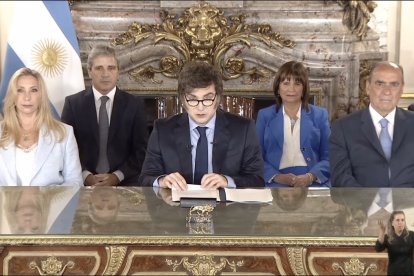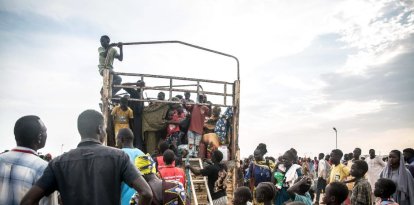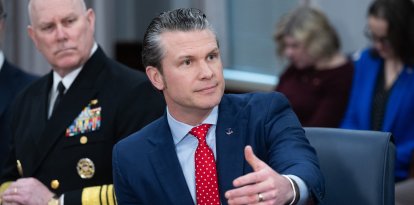End of cepo: Argentina relaxes access to the dollar and eliminates foreign exchange restrictions after agreement with IMF
Previously, regulations established restrictions on who could access the purchase of USD dollars, in what amount and for what purpose.

Javier Milei gives a speech on economic measures.
The Argentine government announced that, as of Monday, April 14, citizens will be able to buy dollars freely, without the restrictions that had been in place for years. This decision comes after a new agreement with the International Monetary Fund (IMF), which will lend the country 20 billion dollars to strengthen the Central Bank. The change is part of the so-called "Phase 3" of President Javier Milei's economic plan.
The foreign exchange barrier was a set of rules limiting who could buy dollars, how much they could buy, and for what uses. Now, those restrictions disappear for individuals—that is, any citizen—although some restrictions remain for companies.
What changes as of Monday?
As of Monday, anyone will be able to buy dollars with no monthly limit, regardless of whether they receive social plans, work for the State or have operated with other types of dollars.
In addition, the official dollar will be available without paying extra taxes, except in two cases: purchases of tickets or tourist services abroad and card purchases in foreign currency (both will continue to pay a 30% surcharge).
A single exception applies to those who want to buy dollars in cash over the counter: in this case, the limit is 100 dollars per month and a sworn statement must be filed.
What are the exchange bands?
Until now, the dollar's official price was set by the Central Bank. This is changing. As of Monday, the dollar's value may vary between 1,000 and 1,400 pesos depending on what people are willing to pay or sell. This is known as an "exchange band": if the price of the dollar falls too much, the Central Bank will buy dollars to support it. If it increases too much, it will sell dollars to prevent it from soaring.
This seeks to give more freedom to the market, but with a control to avoid sharp rises or falls that generate instability. The value of the official dollar today is 1,097.50 pesos, and it will start to move within that range.

World
Opposition on the prowl in Argentina: Milei fighting on several internal fronts
Leandro Fleischer
Why is the cepo being lifted now?
The government says that the country is already in a stage of greater economic stability and that this measure can help normalize the exchange market, attract investments and lower inflation. In addition, the IMF loan of USD $20 billion strengthens the Central Bank's reserves and allows it to move forward with this change without putting financial stability at risk.
President Javier Milei celebrated the agreement with the IMF and the end of the cepo as a fundamental step in his reform plan. "The exchange rate cepo was an aberration that should never have existed," he assured.
And what about the dollar to save or travel?
There will no longer be a "savings dollar" or "tourist dollar" with fixed prices. Everything will depend on the value of the official dollar each day. To save money, buying things freely and without taxes will be possible. To travel or spend abroad with a credit card, an additional 30% will continue to be charged on the value of the dollar.
There will no longer be a "savings dollar" or "tourist dollar" with fixed prices. Everything will depend on the value of the official dollar each day. To save money, buying things freely and without taxes will be possible. An additional 30% will continue to be charged on the value of the dollar when traveling or spending abroad with a credit card.
RECOMMENDATION





















